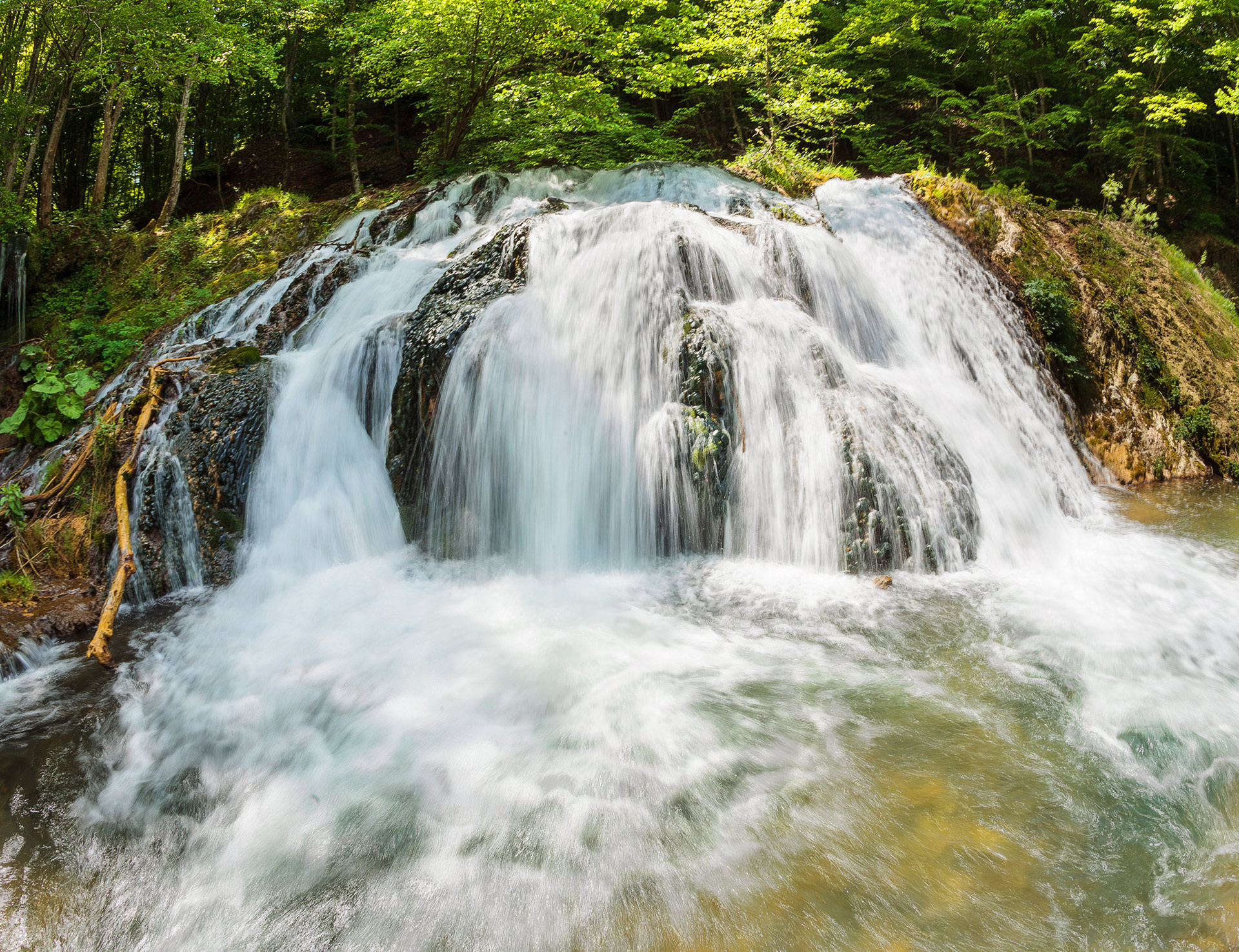
Natural habitats in Strandja Nature Park
The list of the natural habitats represented in Strandja Nature Park uses the following symbols:
 Code under Natura 2000 – four-digit code specified in Appendix 1 of LBD and Council Directive 92/43/EEC
Code under Natura 2000 – four-digit code specified in Appendix 1 of LBD and Council Directive 92/43/EEC
Denomination of the type of natural habitat
The primary habitats for conservation are marked with asterisk (*).
The Standard Form, adopted by the National Council on Biological Diversity in December 2012 is used as starting point in the selection of the natural habitats represented on the territory of the Park. It is publicly accessible in the National Information System of Natura 2000: (http://natura2000.moew.government.bg/Home/ProtectedSite?code=BG0001007&siteType=HabitatDirective).
Due to the lack of scientific evidence (incl. representative phytocenotic descriptions and publications) of their presence on the territory of the Park, the following habitats indicated in the cited references, are not included in the representation:
2130 *Fixed coastal dunes with herbaceous vegetation (gray dunes)
2180 Wooded dunes
2190 Wet depressions between the dunes
5130 Communities of Juniperus communis on limestone
5210 Shrubs of Juniperus spp.
9170 Oak-hornbeam forests of Galio-Carpinetum type
92D0 Southern riparian galleries and thickets (Nerio-Tamaricetea and Securinegion tinctoriae).
-
Coastal and halophytic habitats
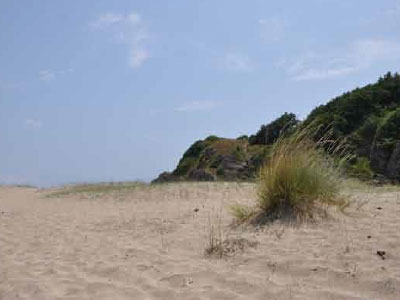
1130 Estuaries
1140 Silty-sandy coastal areas, which are not covered or are barely covered by sea water
1210 Annual vegetation on coastal sediments
1240 Steep sea cliffs, overgrown with endemic species Limonium spp.
-
Coastal sand and continental dunes
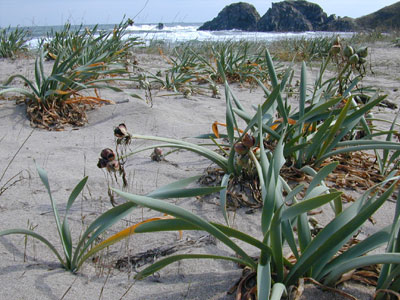 2110 Nascent shifting es
2110 Nascent shifting es
2120 Shifting dunes with Ammophila arenaria along the cоastal strip (white dunes)
-
Freshwater habitats
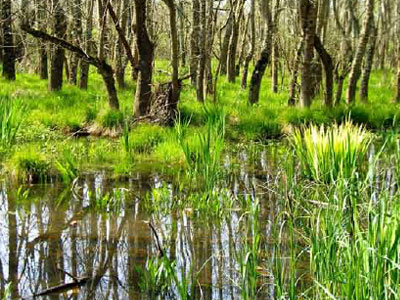 3150 Natural eutrophic lakes with vegetation species Magnopotamion or Hydrocharition
3150 Natural eutrophic lakes with vegetation species Magnopotamion or Hydrocharition
3260 Plain or mountain rivers with vegetation species Ranunculion fluitantis or Callitricho-Batrachion
-
Temperate continental shrubs
 4030 European dry heaths
4030 European dry heaths
-
Natural and semi-natural grassland formations
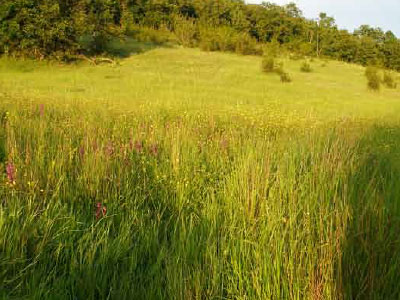 6110 *Open calcareous or basophillic grasslands of Alysso-Sedion albi
6110 *Open calcareous or basophillic grasslands of Alysso-Sedion albi
6210 Semi-natural dry grasslands and shrublands on limestone (Festuco-Brometalia) (*important orchid habitats)
6220 *Pseudo-steppe with wheat and annuals of class Thero-Brachypodietea
6430 Hydrophillic communities of tall grass in the plains and in the mountain to Alpine belt
6510 Lowland haying meadows
62A0 Eastern sub-Mediterranean dry grasslands
-
Peat habitats and habitats near springs
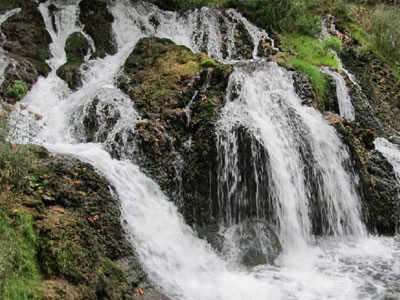 7220 *Springs with hard water and tuft-like formations (Cratoneurion)
7220 *Springs with hard water and tuft-like formations (Cratoneurion)
-
Rocky habitats and caves
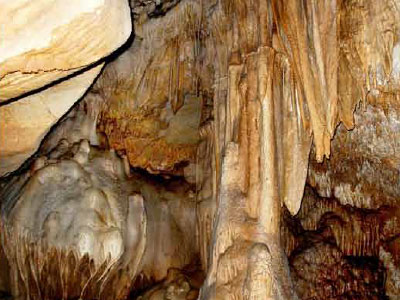 8210 Chasmophytic vegetation on calcareous rocky slopes
8210 Chasmophytic vegetation on calcareous rocky slopes
8220 Chasmophytic vegetation on siliceous rocky slopes
8230 Siliceous rocks with pioneer vegetations of the Sedo-Scleranthion or Sedo albi-Veronicion dillenii alliances
8310 Unurbanized caves
8330 Submerged or semi-submerged sea caves
-
Forests
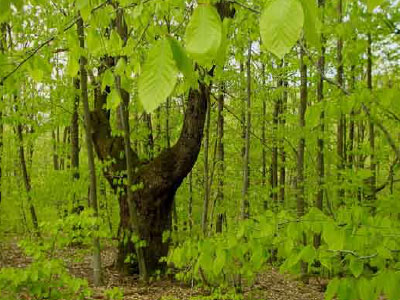 9180 *Mixed forests of the Tilio-Acerion alliance on screes and steep slopes
9180 *Mixed forests of the Tilio-Acerion alliance on screes and steep slopes
91E0 *Alluvial forests with Alnus glutinosa and Fraxinus excelsior (Alno-Pandion, Alnion incanae, Salicion albae)
91G0 *Pannonian forests with Quercus petraea and Carpinus betulus
91F0 Riparian mixed forests of Quercus robur, Ulmus laevis and Fraxinus excelsior or Fraxinus angustifolia along big rivers (Ulmenion minoris)
91M0 Balkan-Pannonian oak-durmast forests
91S0 *West Pontic beech forests
91AA*Eastern forests of pubescent oak
92A0 Riparian galleries of Salix alba and Populus alba
